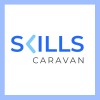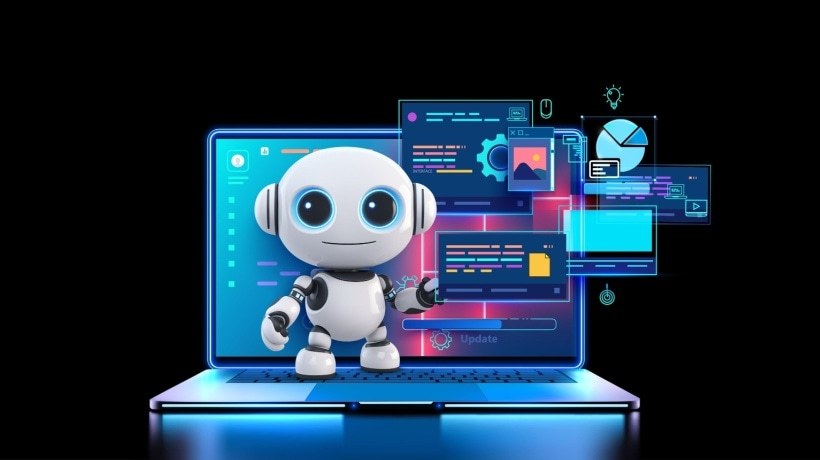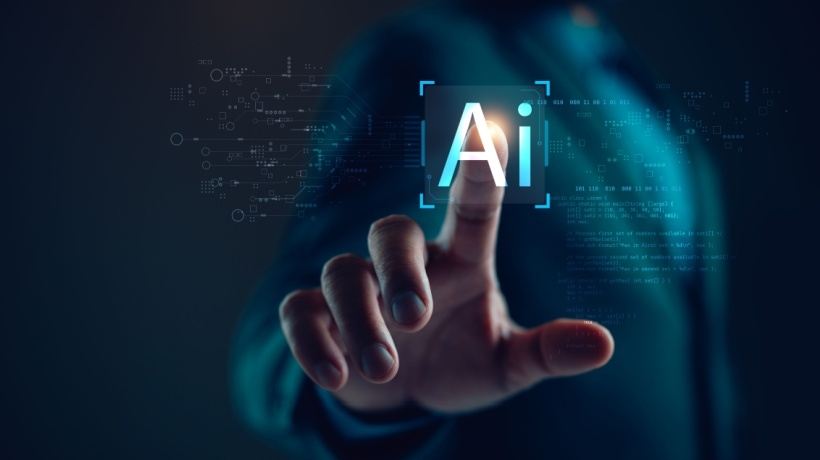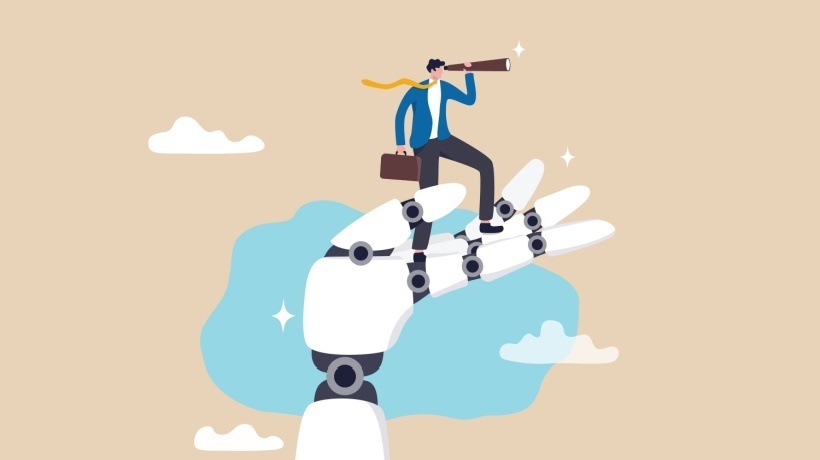How AI Upskills Employees
In a digital age, upskilling workers isn't merely a good move—it's a necessity. Small and large businesses alike are now discovering how to upskill your workforce with AI, accelerating learning, making it smarter and more individualized than ever. But just how does this all play out in the real world? Let's simplify it into five straightforward steps to understand how AI is revolutionizing workforce development, effortlessly and efficiently.
Step 1: Personalized Skills Assessment
Step one on how to upskill your employees with AI is to comprehend the skills your employees already possess and where they lack them. AI tools scan high volumes of data such as previous performance, job functions, and even trends from outside the company to create a proper skills matrix.
Rather than depending on stale competency models or generic surveys, AI builds a real-time, data-driven portrait of every employee's capabilities and gaps. This enables HR leaders and managers to identify where training is absolutely essential and prioritize accordingly. Envision being able to see, with complete clarity, which digital, analytical, or soft skills your teams require today—and tomorrow.
Step 2: Smart Content Curation
After the skills gaps are detected, the second step is providing the appropriate learning material. That is where the ability of AI to handle massive volumes of data becomes extremely useful. AI systems create customized learning trajectories by reviewing what is effective for individual users.
For instance, an AI solution can recommend video courses, microlearning modules, webinars, or real-life case studies customized to an employee's learning style and proficiency level. This way, content not only becomes relevant but also effective—radically boosting the likelihood of completion and retention. So in searching for ways to upskill your employees with AI, keep in mind that it's not merely about what to learn but also how to provide it.
Step 3: Adaptive Learning Journeys
Learning is not linear—and AI is aware of that. One of the most thrilling areas of how to upskill your workforce using AI is adaptive learning. AI software constantly tracks employee performance, quiz scores, and engagement metrics. Using this data, they adapt the training material in real time.
If a concept is difficult for an employee to grasp, AI can provide simpler explanations or additional practice sessions. On the other hand, if an individual is able to learn a subject rapidly, AI can accelerate them to higher-level materials. This produces a strongly customized experience that engages employees and prevents the one-size-fits-all issue that conventional training programs often encounter.
Step 4: Automated Coaching And Feedback
Successful upskilling is not possible without prompt feedback. Historically, this would involve managers or instructors tracking hundreds of students individually—a virtual impossibility at scale. AI makes all the difference.
AI-based coaching tools offer immediate, constructive criticism, whether it's writing abilities, project work, or communication. They also send reminders and nudges to motivate employees to continue with their learning objectives. This real-time feedback loop makes employees feel assisted and can rectify errors early on, resulting in quicker and more intensive skill building.
Step 5: Continuous Measurement And Optimization
And last but not least, the final step in how to upskill your workforce with AI is measuring success—and acting on it. AI monitors an astonishing amount of data, from test scores and course completion rates to engagement rates and actual on-the-job performance.
This helps companies view what is and what isn't working, which skills are increasingly in demand, and where staff may still be struggling. HR departments and learning leaders can then refine content, shift priorities, and align training to business objectives—keeping learning always relevant and effective.
Why Use AI For Workforce Upskilling?
Now that we've defined the five steps, let's respond to a larger question: why should you learn how to upskill your workforce with AI in the first place?
- Scalability
AI can handle individualized learning for hundreds or thousands of employees at a time. - Cost-effectiveness
It saves time and money by automating assessments and feedback. - Real-time flexibility
Workers learn at their own rate, maintaining high motivation. - Future-proofing
AI enables the prediction of future skills needs before they become critical. - Staff engagement
Tailored learning makes training fresh and engaging.
Conclusion
The question is not if AI will transform workforce upskilling—it already has. The question is how to upskill your workforce with AI in a way that is seamless, scalable, and effective. Through these five simple steps—personalized assessment, intelligent curation, adaptive learning, automated feedback, and continuous optimization—you can create a future-ready workforce that scales with your business. AI never replaces the human element of learning; it supplements it. With AI as an ally, your staff isn't only trained—they're enabled.










